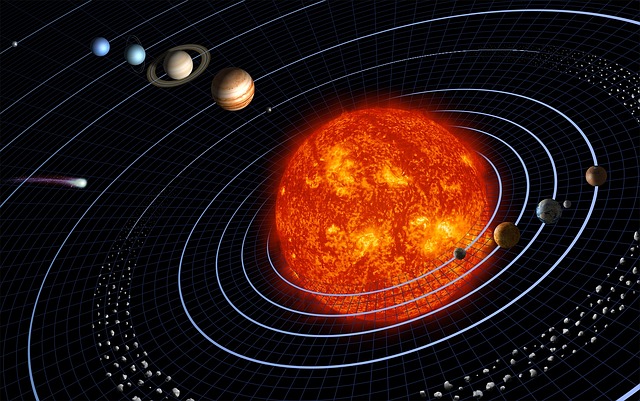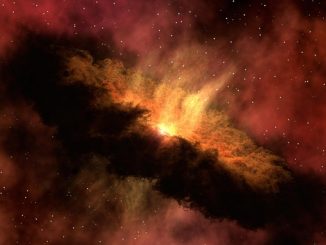
NASA scientists at the Solar Dynamics Observatory first discovered the hole on July 5 as it rotated into view. Called AR2665, it is apparently the first sunspot to have appeared after the sun was spotless for a couple of days. It is also growing rather quickly and is the only sunspot group visible at the time it was observed. A week later, the spot seems to have lingered. And that might spell trouble for us here on Earth.
Sunspots are caused by interactions with the sun’s magnetic field and appear as dark regions on the sun’s surface. These spots are cooler and usually appear in areas where magnetic activity is intense. Once that energy is released, huge solar storms and solar flares tend to erupt from them.
On the positive side, solar storms could create dazzling auroras all over the world. On the down side, a huge storm could disrupt power grid operations, so much so that it can sometimes cause blackouts in some locations.
Solar flares can be even more dangerous as they can heat the Earth’s outer atmosphere, causing it to expand. This in turn increases the drag on Earth-orbiting satellites, reducing their lifetime in orbit. Although solar flares can’t physically affect us here on Earth because we’re protected by our magnetic field, the super-intense ones could interfere with it, threaten aircraft in the surrounding areas, produce radiation storms, and affect GPS and communication signals. And just like solar storms, solar flares could also mess up electricity grids, knock off electric power, and even cause radio blackouts.
The sunspot discovered by NASA is 74,560 miles wide; that’s bigger than the Earth’s diameter and with a good enough telescope, you might be able to see it.
NASA believes that at that size, AR2665 can no doubt produce big enough flares that can cause radio and power interruptions on our planet. They are also quick to point out, though, that at this point, it’s really too early to predict what the sunspot can actually do and how it will behave.
That said, sunspots are not really an uncommon occurrence. They just happen to be less frequent as we head towards what is referred to as ‘solar minimum’ — a period during the sun’s 11-year cycle when solar activity is low. According to scientists, the next solar minimum is not expected until 2021.
Because they typically appear in areas with intense magnetic activity, scientists have taken to using the number of sunspots present as a basis for solar activity. More sunspots mean more intense solar activity. Fewer sunspots mean less solar activity.
This latest sunspot discovered is significant because of its sheer size and the fact that it is directly facing the Earth. While NASA did say it’s too early to tell whether the sunspot will affect our planet in some way, according to Mail Online, NOAA forecasters are also saying that there’s a 25% chance of M-class flares erupting from it. If they turn out to be correct, the worst that can happen as a result of M-class solar flares are radiation storms and communication signal interruption.
Here’s a video of the sunspot obtained by Metro.co.uk.
- Bulenox: Get 45% to 91% OFF ... Use Discount Code: UNO
- Risk Our Money Not Yours | Get 50% to 90% OFF ... Use Discount Code: MMBVBKSM
Disclaimer: This page contains affiliate links. If you choose to make a purchase after clicking a link, we may receive a commission at no additional cost to you. Thank you for your support!




Leave a Reply